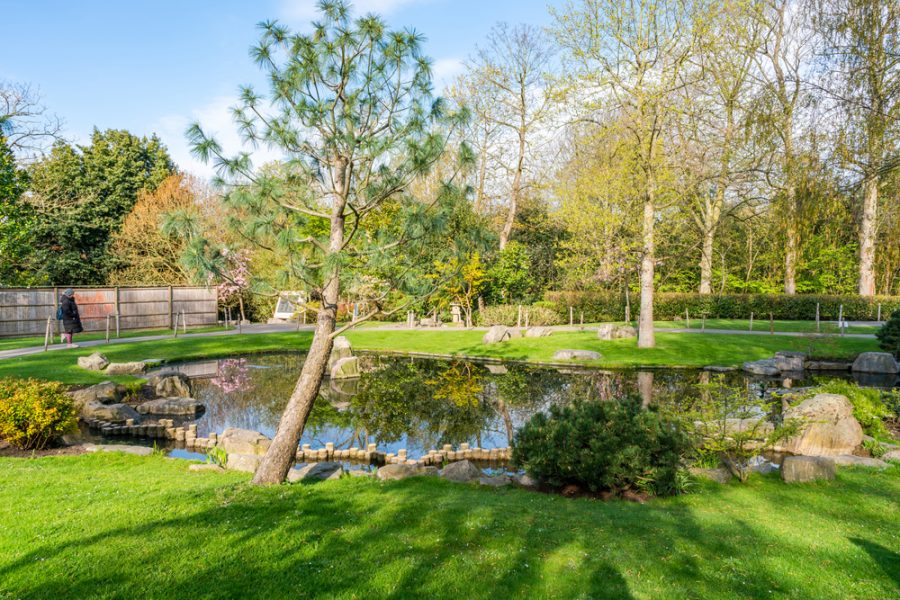Scientists have identified the best ways to manage your garden pond to provide a haven for aquatic species such as insects and snails, in a recently published study.
The researchers provide recommendations on the best sizes for ponds, the importance of aquatic plants and how to manage its “conductivity” – a measure of how well pond water can pass an electrical current. They also consider the possible impact of predation by fish.
Another key recommendation is that pond owners should form community groups to provide bugs with a mix of environments, helping them to thrive across their neighbourhoods.
The findings have been published in the journal Insect Conservation and Diversity.
“There are an estimated two and a half to three and a half million garden ponds in the UK and they can add to local biodiversity if they are managed correctly,” said Dr Matthew Hill, Lecturer in Ecology at Bournemouth University, who led the study. “Many ponds are managed for aesthetic reasons or fish-keeping, rather than as habitats for wildlife. But if we can add biodiversity into the ornamental designs, they could provide an important freshwater resource in urban areas,” he added.
In the new study, the Freshwater Habitats Trust carried out surveys of thirty ponds in Oxfordshire to collect data on the make-up of each habitat and the numberof species living there. The data was then analysed by Dr Hill which led to the following recommendations:
Have as big a pond as possible: The surface area of a pond should be at least five square metres to increase the number of bugs and snails that live there. Although pond-keepers need to understand any safety implications of having a bigger pond.
Increase the number of native plants in the pond: Plants are vital for providing food and keeping a balanced ecosystem in ponds. While some non-native plants are popular for ornamental reasons, they should be in the minority because of the risks that they carry other species not native to the UK. Non-native plants to avoid include Crassula helmsii (also known as New Zealand pigmyweed) Lagarosiphon major (curly waterweed), Elodea nuttallii (western waterweed) and Myriophyllum aquaticum (parrot’s feather).
Top up with rainwater to reduce conductivity of the water. Simple devices are available to measure a pond’s conductivity. Lower conductivity levels will enable environmentally sensitive species to thrive in the garden ponds.
See more about the study ‘Environmental correlates of aquatic macroinvertebrate diversity in garden ponds: Implications for pond management’ here
More news like this can be found in The Country Smallholder magazine. Subscribe here.
For FREE updates from the world of smallholding, sign up for The Country Smallholder newsletter here.








